 1968 Citroen DS III Dimensions, Size & Specs
1968 Citroen DS III Dimensions, Size & SpecsMeasurements of the 1968 Citroen DS III, engineered for optimal performance and comfort
| Dimensions | |
|---|---|
| Length: | 4874 mm191.9 in16.0 ft |
| Width: | 1803 mm71.0 in5.9 ft |
| Height: | 1470 mm57.9 in4.8 ft |
| Trunk Capacity: | 500 liter17.7 cu ft |
| Weight Specifications | |
| Curb Weight: | 1280-1360 kg2822-2998 lbs |
| Maximal permitted Weight: | 1760-1840 kg3880-4057 lbs |
| Roof Load: | 80 kg176 lbs |
The Citroen DS III, produced between 1967 and 1975, is an iconic French sedan that stood out for its unique design and advanced engineering during its era. The 1968 model year is representative of this generation, offering drivers a spacious and elegant vehicle. Measuring 4874 mm (192 inches) in length, 1803 mm (71 inches) in width, and 1470 mm (58 inches) in height, the DS III balances a commanding road presence with aerodynamic efficiency. Its curb weight ranges between 1280 and 1360 kilograms (2822 to 2998 pounds), allowing for a solid yet nimble driving experience, while its maximum weight capacity falls between 1760 and 1840 kilograms (3881 to 4056 pounds). Inside, the DS III offers a generous luggage capacity of 500 liters (17.7 cubic feet), suitable for long trips or daily needs, complemented by a roof load limit of 80 kilograms (176 pounds) for additional cargo options. Known for its hydropneumatic suspension and futuristic styling, the Citroen DS III remains a classic example of automotive innovation and French design excellence. Its dimensions and versatile capacity highlight its role as a comfortable and practical sedan, merging functionality with timeless style.
Discover the standout features that make the 1968 Citroen DS III a leader in its class
Have a question? Please check our knowledgebase first.
The Citroen DS III from 1968 measures 4874 mm (191.9 inches) in length, 1803 mm (71 inches) in width, and 1470 mm (57.9 inches) in height. These dimensions reflect its classic sedan proportions, providing a spacious and comfortable cabin while maintaining an elegant profile. The car’s width offers good road presence without being too bulky for urban environments, and its height contributes to headroom and aerodynamic styling typical of late 1960s French design.
The curb weight of the 1968 Citroen DS III ranges between 1280 and 1360 kilograms (2817 to 2998 pounds), depending on the specific model and equipment. The maximum permissible weight, which includes occupants and cargo, is between 1760 and 1840 kilograms (3881 to 4056 pounds). This weight balance helps the DS III to provide smooth and stable handling while ensuring the hydraulic suspension system can function effectively for comfort and road-holding.
The Citroen DS III offers a generous luggage capacity of 500 liters (about 17.7 cubic feet). This ample trunk space is quite competitive for a sedan of its era, allowing for practical use on long road trips or daily errands. The large storage volume complements the car’s comfortable passenger accommodation, making it a versatile vehicle for families and executives alike.
The roof load limit for the Citroen DS III is 80 kilograms (176 pounds). This restriction means that any roof racks or cargo carriers must not exceed this weight to maintain vehicle balance and avoid compromising safety. The modest roof load capacity reflects the sedan's aerodynamic design and suspension characteristics, emphasizing that heavier cargo should be stored in the trunk to maintain handling and comfort.
The Citroen DS III's dimensions—4874 mm (width of 1.8 m) in length and 1803 mm (71 inches) in width—typically allow it to fit comfortably into a standard single-car garage. Standard garage sizes in many regions range around 2.4 to 2.7 meters in width and 5.0 to 5.5 meters in length. Since the DS III is slightly under these in width and length, it should fit without issue, though owners should allow some clearance space for opening doors and bodywork.
Compared to the Citroen DS II, the DS III maintained very similar exterior dimensions, with slight refinements rather than major size changes. The DS III measures 4874 mm in length, with width and height close to the DS II. The focus for the DS III generation was more on technological and styling updates rather than increasing size. This means the DS III retains the elegant and aerodynamic proportions that made the DS series iconic, while improving mechanical sophistication and comfort.
The Citroen DS III was notably longer and more aerodynamic than many contemporaneous sedans, measuring nearly 4.87 meters (192 inches) long. While other 1960s sedans like the BMW 2000 and Mercedes-Benz W114 were smaller in overall length, the DS III’s width and height offered roomy interiors. It combined a large footprint with a low profile height of 1470 mm (57.9 inches), contributing to its unique road presence and a balance of spaciousness and style uncommon in mid-size sedans of that period.
The DS III’s weight, ranging from 1280 to 1360 kg (2817 to 2998 lbs) curb weight, reflects its use of innovative materials and advanced hydraulic suspension systems. This weight is relatively moderate given its size and the technology packed into the car, striking a balance between sturdiness and agility. The moderate weight aids in the smooth ride, handling, and fuel efficiency for the time, making the DS III a balanced performer in its class with a reputation for comfort over outright speed.
The Citroen DS III’s generous external dimensions translate into a spacious and comfortable interior, especially in terms of legroom and headroom, thanks to its long wheelbase and relatively low seating position. The width of 1803 mm (71 inches) supports ample shoulder room for passengers, ensuring a relaxed seating arrangement. This interior spaciousness, coupled with the DS series' unique suspension comfort, positions the DS III as a pioneering executive sedan focused on passenger well-being during both city and highway driving.
The Citroen DS III, produced between 1967 and 1975, is legendary for its cutting-edge design and advanced technology for the era. It featured pioneering hydraulic suspension that offered unparalleled ride comfort and adjustable ground clearance. The DS III also had aerodynamic styling that influenced car design worldwide. Its combination of futuristic technology, distinctive styling, and practical dimensions made it an icon beyond its time, representing a leap forward in engineering and luxury within the European sedan market.
Discover similar sized cars.

| Production: | 1962-1967 |
|---|---|
| Model Year: | 1962 |
| Length: | 4830-4838 mm190.2-190.5 in |
| Width: | 1790 mm70.5 in |
| Height: | 1470 mm57.9 in |

| Production: | 1964-1968 |
|---|---|
| Model Year: | 1962 |
| Length: | 4874 mm191.9 in |
| Width: | 1803 mm71.0 in |
| Height: | 1470 mm57.9 in |
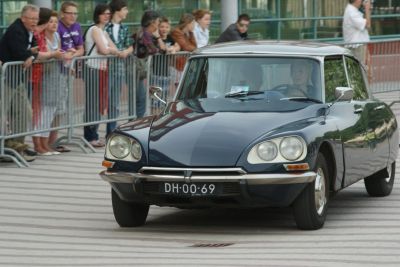
| Production: | 1968-1975 |
|---|---|
| Model Year: | 1968 |
| Length: | 4839-4870 mm190.5-191.7 in |
| Width: | 1791-1800 mm70.5-70.9 in |
| Height: | 1473 mm58.0 in |

| Production: | 1967-1977 |
|---|---|
| Model Year: | 1968 |
| Length: | 4780 mm188.2 in |
| Width: | 1760 mm69.3 in |
| Height: | 1410 mm55.5 in |
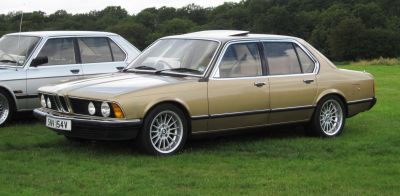
| Production: | 1977-1983 |
|---|---|
| Model Year: | 1977 |
| Length: | 4860 mm191.3 in |
| Width: | 1800 mm70.9 in |
| Height: | 1430 mm56.3 in |
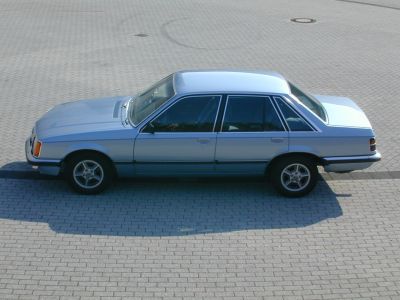
| Production: | 1978-1982 |
|---|---|
| Model Year: | 1978 |
| Length: | 4811 mm189.4 in |
| Width: | 1728 mm68.0 in |
| Height: | 1415 mm55.7 in |
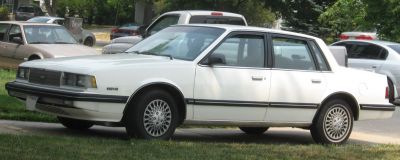
| Production: | 1982-1989 |
|---|---|
| Model Year: | 1982 |
| Length: | 4783 mm188.3 in |
| Width: | 1758 mm69.2 in |
| Height: | 1377 mm54.2 in |
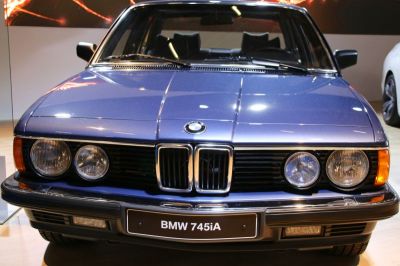
| Production: | 1983-1986 |
|---|---|
| Model Year: | 1983 |
| Length: | 4860 mm191.3 in |
| Width: | 1800 mm70.9 in |
| Height: | 1430 mm56.3 in |
